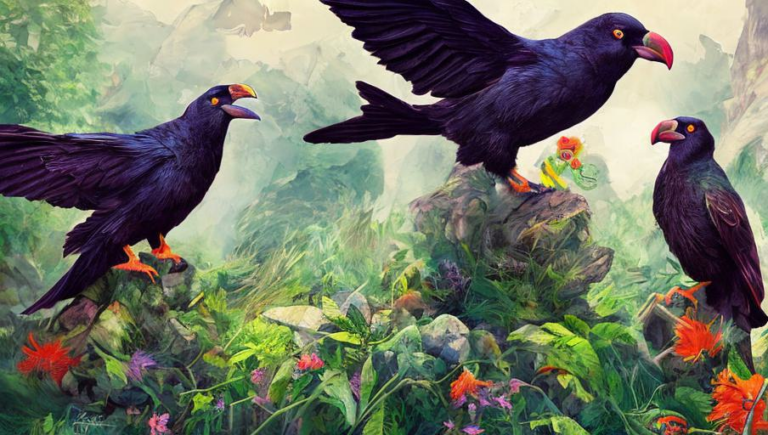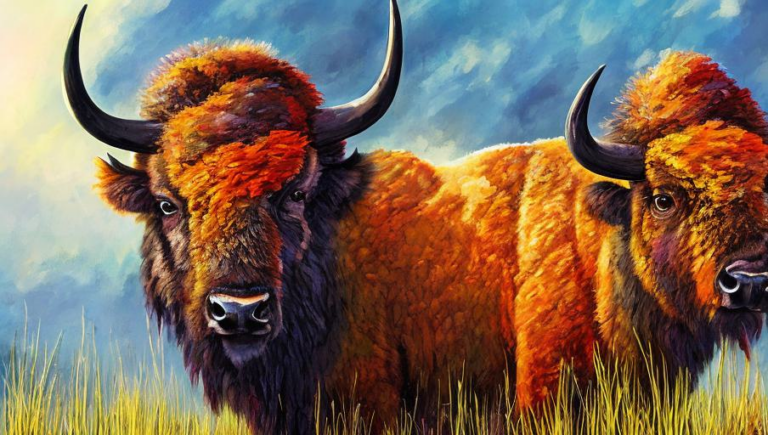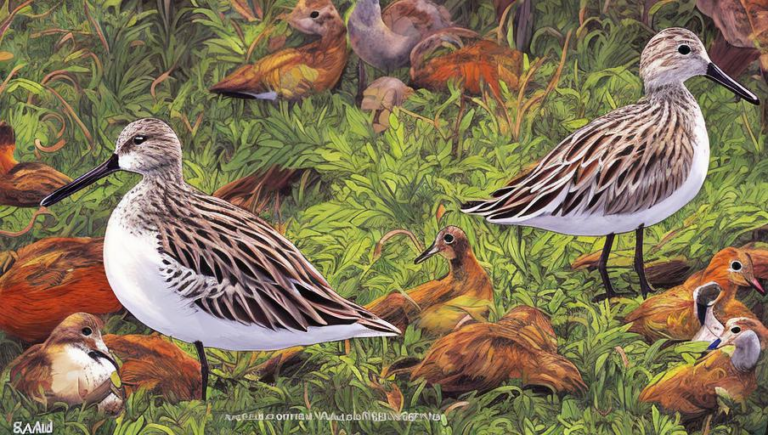Pursuing the Curlew – A Birdwatcher’s Guide
Introduction
The curlew is a type of large wading bird that is native to Eurasia and North America. It is a long-legged, long-billed bird that inhabits a variety of habitats, including wet meadows, marshes, coastlines, and estuaries. Although it is not considered to be a threatened species, the curlew is becoming increasingly rare in its natural habitats due to the destruction of wetlands and other factors. Birdwatchers often look for the curlew in its natural environment, as it is an impressive species to observe.
Description
The curlew is a large bird, with a length of between 40 and 60 centimeters, and a wingspan of up to 1.2 meters. The plumage is mainly a mottled brown and white, and the bill is highly curved and can be up to 10 centimeters long. Juvenile birds are more brightly colored, with streaks of orange and yellow on the wings and back. The curlew is an extremely vocal species, and its call is a loud, melodious whistling sound.
Habitat
The curlew can be found in a variety of habitats, including wet meadows, marshes, coastlines, and estuaries. It prefers areas with shallow water and plenty of vegetation, such as grasses and sedges. The curlew will also inhabit upland areas, such as moorlands and heaths, in the winter months.
Behavior
The curlew is a solitary bird, and is often seen foraging for food on its own. It feeds mainly on worms and other invertebrates, which it finds by probing the mud with its long beak. The curlew is also a migratory species, and will travel long distances to reach its breeding grounds in the spring. It will also migrate in the winter, often to coastal areas where food is more plentiful.
Breeding
The curlew breeds between April and July, and will usually lay two or three eggs in a shallow scrape on the ground. The eggs are incubated by both the male and female, and the chicks will fledge after about four weeks. The chicks are able to fly after six weeks, and will remain with their parents until the following spring.
Conservation
The curlew is not considered to be a threatened species, but its population is declining due to the destruction of its wetland habitats. Many of its once-common breeding grounds have been drained and converted to farmland, and wetland drainage and pollution have also had an impact. The curlew is also vulnerable to predation by foxes and other predators. Conservationists are working to protect the species and its habitats, and to ensure that the curlew continues to flourish in its natural environment.
Birdwatching
The curlew is an impressive species to observe, and many birdwatchers enjoy the challenge of tracking down this elusive bird in its natural environment. To find a curlew, birdwatchers should look for wet meadows and marshes, as well as coastal areas. The bird is most active in the early morning and late afternoon, and its call can be heard from some distance. Birdwatchers should also look for the nest, as the curlew will often return to the same nesting site each year.
Conclusion
The curlew is an impressive bird that is becoming increasingly rare in its natural habitats. Birdwatchers should take the time to look for this species in its natural environment, in order to appreciate its beauty and help to ensure its future. Conservationists are also working to protect the species and its habitats, and to ensure that the curlew continues to thrive in its native environment.





